Center for Ultrasound and Brain imaging at Erasmus MC - CUBE
 CUBE is the first dedicated ultrasound center in the world and is a multidisciplinary ensemble of three Dutch institutions united by the singular purpose of unveiling the mysteries of the human brain:
CUBE is the first dedicated ultrasound center in the world and is a multidisciplinary ensemble of three Dutch institutions united by the singular purpose of unveiling the mysteries of the human brain:
Erasmus Medical Center: Department of Neuroscience (Lead), Department of Biomedical Engineering, Department of Neurosurgery, Biomedical Imaging Group Rotterdam
Delft University of Technology: Laboratory of Acoustical Wavefield Imaging
Netherlands Institute for Neuroscience: Gazzola Group
CUBE has been conceived and kickstarted as a truly interdisciplinary effort among three co-PIs with vastly diverse backgrounds: dr. Sebastiaan Koekkoek (Neuroscience), dr. Christos Strydis (Computer Engineering) and dr. Pieter Kruizinga (Ultrasound Imaging). The project has been endorsed and is substantially supported by the head of the Department of Neuroscience, Chris de Zeeuw (prof. dr.). In August 2018, CUBE received initial funding from and kindly acknowledges the Netherlands Organisation for Scientific Research (NWO) and the Executive Board of the Erasmus MC.
Additionally, through NCL support, CUBE provides datacenter/IT services for several other labs within the Neuroscience Department.
For more information on the exciting research, vacancies and latest outcomes, visit the official CUBE page.
References
For CUBE-related publications, please visit our Publications page.
